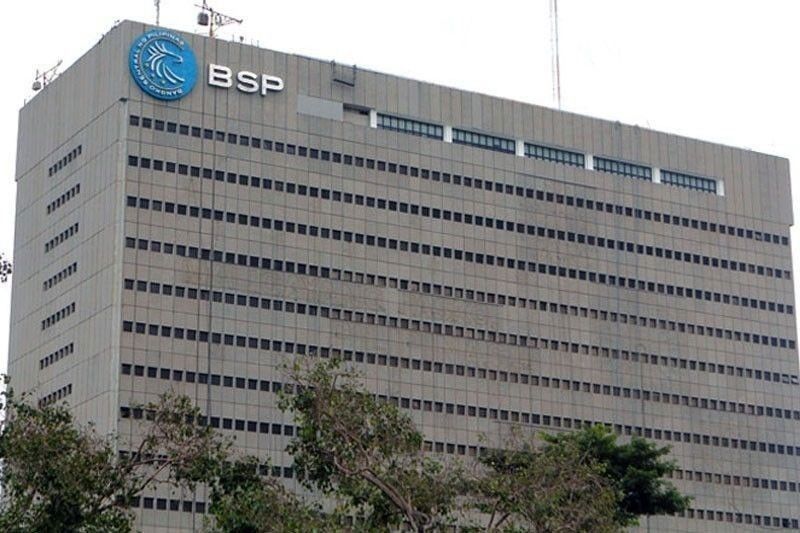BSP extends peso rediscount loans worth P4.1 billion in April

MANILA, Philippines — The Bangko Sentral ng Pilipinas (BSP) has extended a peso rediscount loan facility amounting to P4.1 billion to a big bank to finance capital asset expenditures.
After being snubbed over the past few months, a universal bank tapped the facility against its rediscounting lines in April.
Rediscounting is one of the credit facilities offered by the BSP to qualified banks with active rediscounting lines to meet their temporary liquidity needs by refinancing the loans they extend to their clients using the eligible papers of their end-user borrowers.
The eligible papers include credit instruments such as promissory notes, drafts or bills of exchange of commercial credits, production credits and other credits.
Data showed 11 universal and commercial banks, seven thrift banks as well as 19 rural and cooperative banks have approved rediscounting lines with the BSP amounting to P255.26 billion as of end-March.
According to the BSP, there was no availment under the Exporters’ Dollar and Yen Rediscount Facility (EDYRF) from January to April.
The applicable rediscount rate on loans under the peso rediscount facility remains at 2.50 percent, regardless of maturity, in May.
On the other hand, the rediscount rates on loans under the EDYRF are set at 3.33486 percent for dollar and 1.98246 percent for Japanese yen, regardless of maturity.
The peso rediscounting loans extended by the central bank plunged for the second straight year in 2021 amid the massive liquidity released by the central bank in the financial system via its COVID response measures.
Data released by the central bank showed total availments of banks against their rediscounting loans reached only P6.12 million for loans under the peso rediscount facility last year versus the P26.9 billion availed in 2020.
The bulk or 65.35 percent of the total availments represented the rediscount of production credits, particularly for industrial processing, followed by other credits which funded capital asset expenditures with 24.81 percent, and permanent working capital with 9.84 percent.
According to the BSP, the decline in rediscounting availments could be attributed to the banks’ high liquidity position, coupled with the deceleration of bank lending due to weaker corporate sector performance.
Despite the decline, banks continue to recognize the BSP’s rediscount facilities as a funding option should liquidity no longer be sourced from the market. About 50 banks maintain rediscounting lines with the BSP as part of their contingency funding plan.
After emerging as one of the most aggressive central banks in the world in 2020, the BSP has maintained an accommodative monetary policy stance by keeping the benchmark interest rate at a record low of two percent last year to help the economy fully recover from the impact of the pandemic.
- Latest
- Trending
























